
September was an interesting month. Where did the time even go?
In terms of my website, TheDermDetective.com, I made a decision last month to remove all Geniuslink choice pages and use direct links to Amazon (or an alternative retailer).
I was initially optimistic that this change would increase revenue as I was losing over 50% of potential customers on these choice pages (see my August 2020 post for details).
But looking at this month's numbers, revenue is actually slightly down and profitability has not really budged compared to August 2020. However, Amazon US clicks skyrocketed from 1,544 last month to 3,446 this month (a 123% increase).
Overall click-through-rates (CTR) to Amazon increased as well from 15% to 35% and so did Amazon's share of total revenue from 47% to 63% (my target is 50% or lower).
(keep reading for my full analysis of the true profitability of Amazon Associates)
In terms of my personal life, I'm currently recovering from a minor bike accident and feel like the hunchback of Notre Dame limping around my parent's house right now. 🤣
Now, let's take a look at the key metrics for September 2020 and then I'll give a small huge rant about how SiteGround shut down my website for just about 24 hours.
As I mentioned, revenue was lower than I anticipated, with Amazon Associates improving from $350 to $442 (+26% MoM) while Alternative Programs declined from $395 to $257 (-35% MoM). This mainly reflects a shift in affiliate link clicks in favor of Amazon.
Traffic was also slightly down, however, I lost about a day's worth of traffic due to a frustrating experience with SiteGround near the end of the month (more on that later).
Here’s an updated graph of Earnings and Amazon Risk:
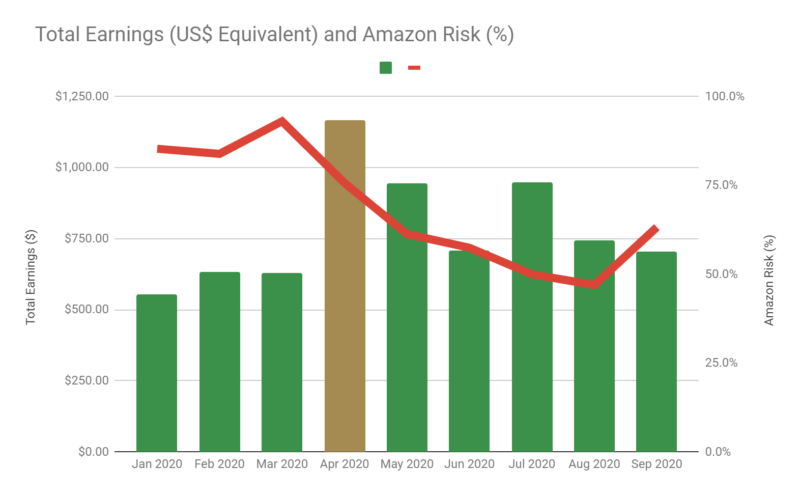
And Traffic and Profitability:
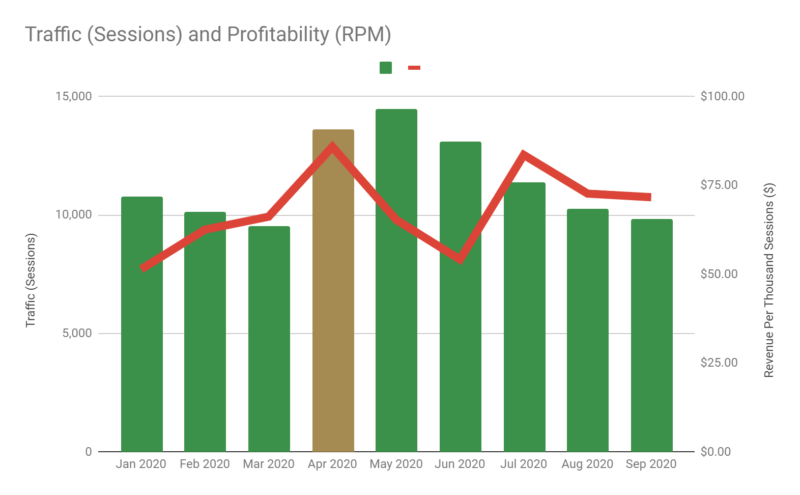
And a new graph, Amazon Clicks and Amazon CTR:
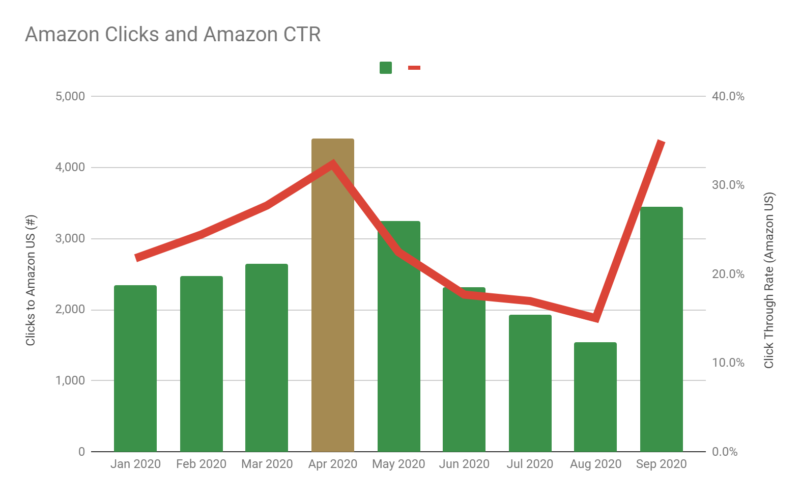
Here, you can see how Amazon US clicks reached an all-time high of 4,400 in April 2020, before plunging in subsequent months as I explored alternative merchants and introduced choice pages.
In September, I reached 3,400 clicks with 35% CTR.
And another new graph, Amazon EPC and Average Commission Rate:

I think this particular graph tells the story of Amazon Associates in 2020 the best:
Now that I've removed choice pages, Amazon EPC has decreased to $9.84 in Sept, not too far from my initial prediction of $9.10 back in April 2020 following the rate cut.
Over the weekend, I received a very distressing email from SiteGround:

(this is just a snippet of the entire email)
Basically, SiteGround noticed that my website was eating up a ton of their server resources (I'm on shared hosting with their GrowBig plan) and decided to shut down my website to keep the shared server stable (there's hundreds of websites on each server).
Moreover, SiteGround ended their email with an upsell for their cloud hosting plan (starts at $80/month) as a solution to my problem. The carrot and stick approach, eh?
Indeed, there was something wrong with my website - I checked the Statistics page in SiteGround's dashboard and CPU seconds (a measure of resource usage) was off the charts:
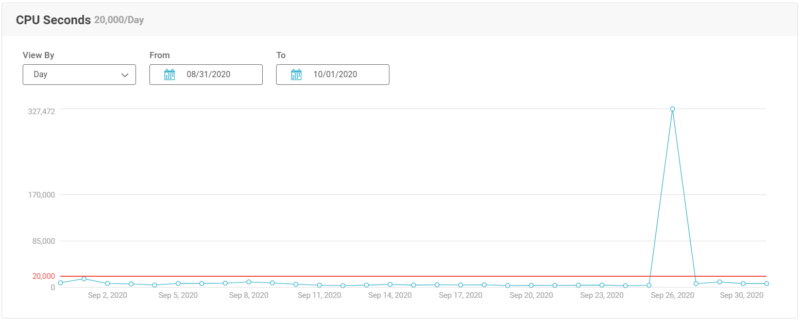
After reviewing SiteGround's email, I tried unsuccessfully to log-in to the backend of my website and realized that SiteGround had completely shut down access to it.
When you're a website/business owner and you realize that someone else has the keys to your baby, it's a very distressing and awful feeling. 😨
Anyways, I contacted SiteGround via their support ticket system, got someone to let my IP address through, and eventually identified what the problem was (it had to do with a third-party plugin called Rank Math SEO).
In fact, someone else had the exact same problem before me (and he was also on SiteGround) and posted a thread in Rank Math's support forum on Wordpress.org.
Fortunately, a quick plugin update seemed to fix the issue and it did not happen again. (for some reason, the server that was executing the Rank Math code got stuck in an infinite loop, which sucked up more and more server resources like a black hole).
While I understand that SiteGround had to take action to protect their customers, I must say that the whole experience was very frustrating and painful, especially on a Sunday.
Siteground shut down my website without any prior notice and for a reason that was completely outside my control (and I still don't know exactly why it happened).
It'd be one thing if I was getting a ton of traffic (like a viral post) and this put an unexpected strain on the server, but in this case, it was just some rogue line of code looping itself.
Fortunately, I only lost a day's worth of traffic on the weekend, which isn't too bad.
However, going forward, I've learned a valuable lesson about the importance of having more control over my key infrastructure.
Therefore, I plan to migrate TheDermDetective.com to Cloudways (a managed host) sometime soon because I need more dedicated server resources and a host who won't just pull the plug on my website when something like this happens again.
I also bought a lifetime deal on Appsumo for Better Uptime ($49) which is a SaaS tool that monitors the uptime of my website by sending pings every 30 seconds. It will also notify me by email, text, and call if my website goes down.
In April 2020, I made the following assumptions for Amazon Associates post rate cut:
Now that I've removed choice pages, my latest numbers reflect the true profitability of Amazon Associates, taking into account all visitors (since 50%+ were dropping off before).
In September 2020, here are the updated numbers:
(I was wondering why EPC was increasing before... these numbers make much more sense)
So how does an EPC of roughly $10 compare in today's marketplace?
For comparison, here are a few alternative merchants that I've worked with:
Overall, the EPC really depends on the brand or merchant, as well as the particular product that you're recommending. In my experience, the mass retailers like Ulta Beauty and Sephora are not as profitable as Amazon (roughly 50% or less) while some brands are as profitable or more profitable.
Going forward, my goal is to identify and onboard more direct-to-brand partnerships that can achieve an EPC of $10 or more, in order to add more diversity and profitability to my business.
At the start of the month, I applied for Google AdSense and after a few days, received a rejection letter that gave me flashbacks of my days sending out resumes and cover letters.

Basically, Google's email was a long-winded way of saying NO and I particularly loved that they gave absolutely no particular reason for their decision.
I applied again in two weeks and still got the exact same automated email.
Well, jokes on them because I got approved for Media.net (run by Yahoo and Bing) in literally a day and started running a few ad units.
I'm very new to display advertising, but from what I understand, Media.net is a contextual ad network that tries to serve related ads based on my website's content.
For example, here are a few text ads in one of my "best" articles:
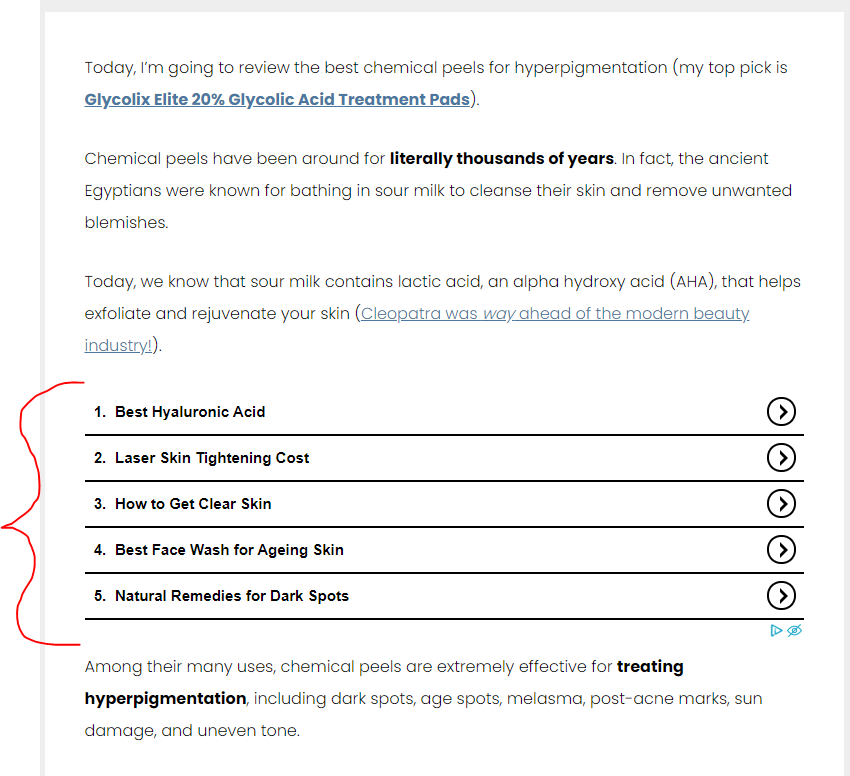
Now, I'm also not sure whether I get paid based on the number of impressions or the number of actual clicks. The FAQs in the Media.net dashboard was not very detailed.
Anyways, it's not going to move the needle very much and earned only $5 in Sept (but only ran for a few days). However, it's incremental revenue that will add up.
In my opinion, the main downside to display ads, aside from the user experience issues, is that it adds a ton of additional scripts/code to my optimized pages, which slows down load time and increases server usage.
You can see this in GTmetrix reports:
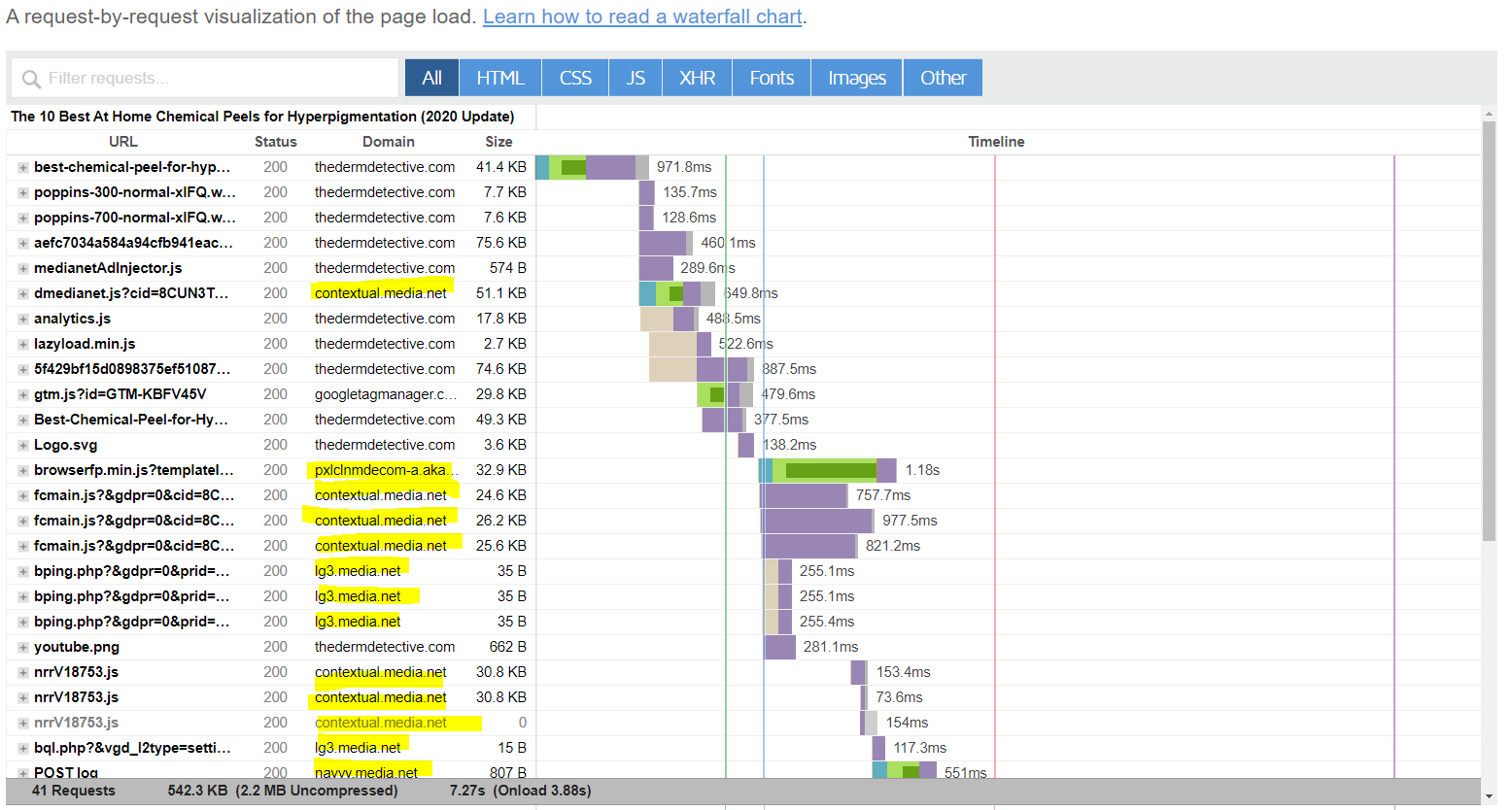
Media.net's skynet algorithm is resource-intensive and creates a ton of additional requests which cannot be cached (because the algo is dynamically trying to find the best performing ads to serve for your particular page).
Overall, I plan to further research, test, and optimize display ads going forward, including optimal placement positions (Media.net allows a maximum of 3 ad units per page), incorporating them into my info content strategy, and monitoring performance.
Overall, September felt like a mish-mash of different things coming together. I started to lose focus on what my next priorities should be and so I spent some time reviewing all my income reports so far and connecting the common threads between them.
While my goal is still to build $1,000-2,000 per month from this current website, I recognize that I need to create and sell my own products, in addition to affiliate marketing, in order to achieve a more resilient and profitable income stream.
To that end, I am making a conscious switch from building traffic to building an audience.
That means making sure my brand is on point with high-quality content, turning visitors into subscribers through email lead magnets (I'm using Beacon with SendFox), and architecting a logical site structure (also called a content silo or funnel).
Here's an illustration that I created back in April 2020 that shows the typical user funnel:
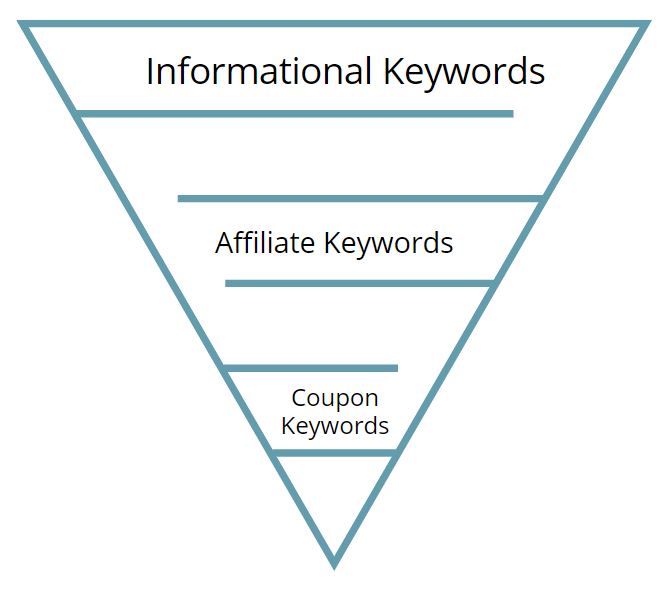
Essentially, you want your content to mirror the user journey, by having info content to help people during the research stage, affiliate content to recommend products or solutions during the decision-making stage, and transactional content for when users are ready to buy (e.g. product pages for brands and retailers, coupon pages for coupon sites).
Following this principle, I plan to build a clean content silo in the next few months (in a category where I have secured private affiliate programs with brands) that will contain a mix of info and affiliate content, with logical interlinking so that users can easily flow from their research stage ("how to...", "what is...", etc.) to the decision stage ("best for...", "vs", "review").
This type of clean content structure is also good for allowing link juice to flow down from your info content to your money pages.
Up until now, I've mainly been publishing affiliate content, which has worked decently well, but I find that the best keywords (good volume, good purchase intent) are almost always taken already by high authority websites or high DR affiliate competitors.
(kind of like those awkward middle school dances when every guy's trying to find a decent looking girl when a slow song starts playing... yeah some memories never go away)
Anyways, I think that by adding more info content into the mix, I'll be able to win traffic from some less competitive keywords, monetize via Media.net ads, build an audience through content upgrades ("Free PDF guide", etc.), and have some of those users flow down the funnel to my affiliate content, which further increases profitability.
Thanks for reading and stay safe!
Until next month,
Tom